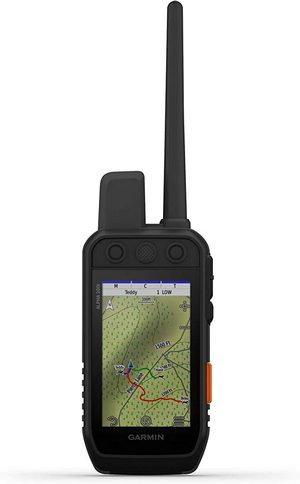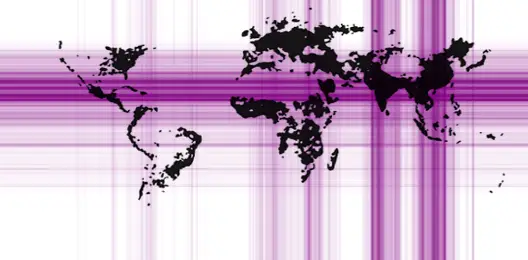The Revolutionary World Map That Changed Everything: Byzantine Copy of Ptolemy’s Masterpiece (1420)
Imagine creating a world map without satellites, GPS, or even basic surveying tools. Now picture doing this in 150 AD. That’s exactly what Claudius Ptolemy achieved, and his work was so groundbreaking that nearly 1,300 years later, Byzantine scholars were still carefully reproducing it.

Ptolemy created something remarkably similar to the coordinate systems used in modern digital mapping. His innovative approach introduced latitude and longitude lines that would feel familiar to anyone who’s ever used Google Maps – a truly remarkable achievement for the 2nd century AD.
The 1420 Byzantine copy represents something extraordinary – the medieval world attempts to preserve and understand Ptolemy’s revolutionary Geography. What makes this copy particularly fascinating is how it bridges ancient and medieval cartographic traditions. The Byzantine scholars weren’t just copying – they were interpreting and adapting Ptolemy’s work through their own medieval understanding of the world.
Technical Innovation That Stood the Test of Time
Ptolemy’s conic projection method was a breakthrough in mathematical thinking about how to represent our spherical Earth on a flat surface – the same fundamental challenge that cartographers still grapple with today.
What’s particularly clever about Ptolemy’s approach:
- He used astronomical observations to determine locations (an ancient form of what we now call geodetic control points)
- His coordinate system covered the entire known world (revolutionary for its time)
- He developed a mathematical projection system that minimized distortion (a problem that still challenges modern cartographers)
What the Map Actually Shows
The map reveals both the brilliance and limitations of ancient geographical knowledge. The Mediterranean region is mapped with surprising accuracy – you can clearly recognize its distinctive shape. However, the Indian Ocean appears as an enclosed sea, and Sri Lanka (labeled as Taprobane) is dramatically oversized. These “errors” aren’t just mistakes – they’re fascinating windows into how ancient trade routes and traveler accounts shaped geographical understanding.
Some features that modern eyes might find surprising:
- China appears as two separate regions: “Sinae” and “Serica” (the Land of Silk)
- The Malay Peninsula is labeled as the “Golden Chersonese”
- Africa extends eastward, connecting with Asia to enclose the Indian Ocean
The Map’s Legacy
Today, the most famous Byzantine copy resides in the Vatican Library (Codex Vaticanus Urbinas Graecus 82). But Ptolemy’s influence extends far beyond this single artifact. His work essentially created the mathematical foundation for modern cartography. Every time someone opens Google Maps to find directions, checks their location on a hiking trail, or looks up a new restaurant’s address, they’re using principles of coordinates and mapping that trace back to Ptolemy’s work nearly two millennia ago.
For fellow map enthusiasts interested in exploring this topic further, I recommend these resources from Amazon (affiliate links):
- “The History of Cartography, Volume 1“
- “Ptolemy’s Geography: An Annotated Translation of the Theoretical Chapters“
What fascinates you most about historical maps? How do you use maps in your daily life? Share your thoughts in the comments below!









Low quality, cannot see anything